An effective oil spill kit is essential for managing spills and preventing environmental damage. Key components...
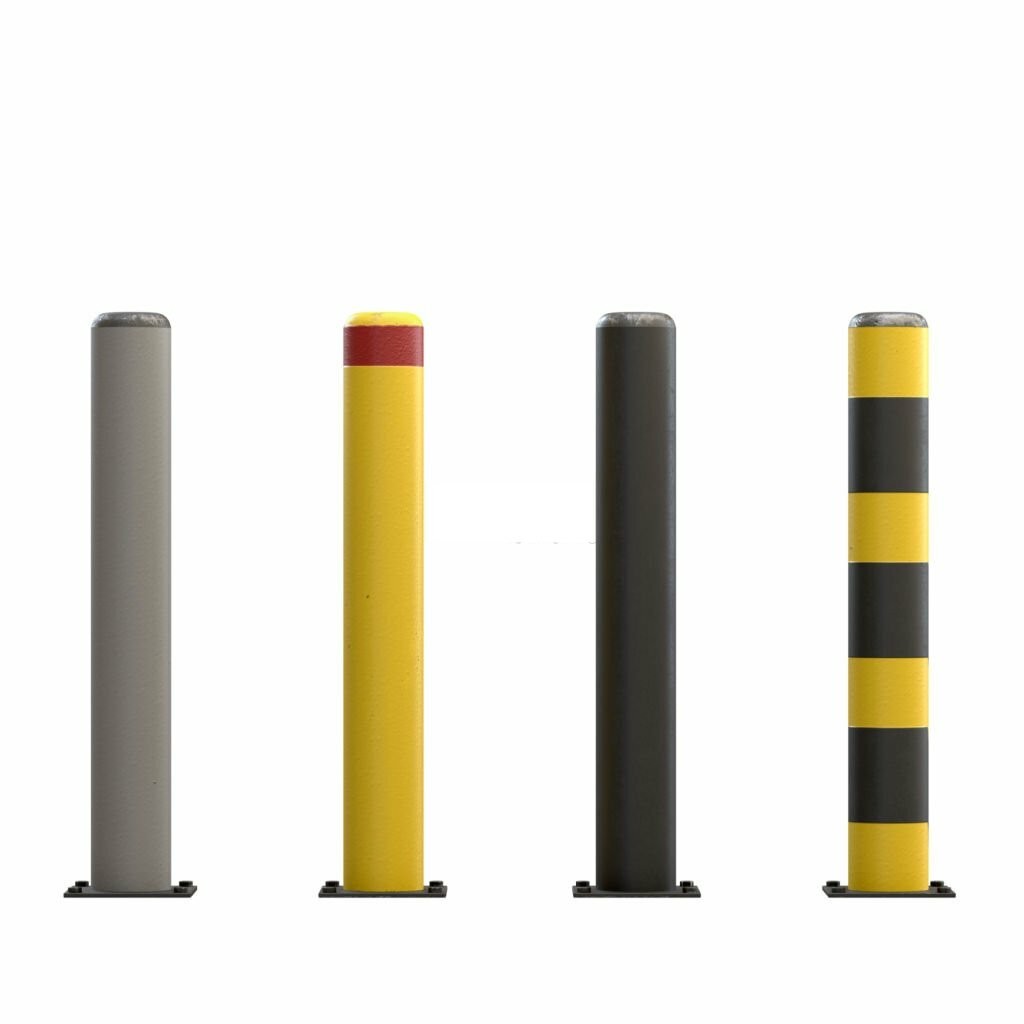
What are the different types of bollards?
Bollards, those unassuming posts often seen in urban environments, serve a wide range of functions beyond their simple appearance. These sturdy and versatile structures come in various forms and materials, each designed to meet specific needs. In this article, we'll delve into the world of bollards and explore the different types that can be found in our surroundings.
The different types that can be found in our surroundings.
Fixed Bollards:
Fixed bollards are the most common type and serve as a permanent barrier. They are typically made of materials like steel or concrete and are used to control traffic, protect pedestrians, and define boundaries in both urban and industrial settings. Fixed bollards are strong and provide a high level of security.Removable Bollards:
Removable bollards offer flexibility. They can be easily taken out or inserted into the ground when needed. This type is commonly used in areas where occasional access is required, such as emergency vehicle lanes or event spaces. Removable bollards often come with locking mechanisms to ensure security when in place.Retractable or Fold-Down Bollards:
Retractable or fold-down bollards can be raised or lowered as needed. They are typically used in locations where access control is crucial, such as driveways, parking lots, and pedestrian walkways. These bollards can be operated manually or electronically, offering a balance between convenience and security.Decorative Bollards:
Decorative bollards blend functionality with aesthetics. They come in various designs, often featuring ornate patterns, colors, or materials like stainless steel or cast iron. These bollards are commonly used in urban beautification projects and historical districts, where they enhance the overall look of an area while providing protection.Lighted Bollards:
Lighted bollards combine safety with illumination. They are equipped with built-in lights and are often used in pathways, parks, and parking lots to improve visibility at night. These bollards enhance security while also serving as functional lighting fixtures.Flexible Bollards:
Flexible or collapsible bollards are made from materials like rubber or plastic. They are designed to absorb impacts, making them ideal for areas with low-speed vehicle traffic. Flexible bollards are commonly used in parking lots and pedestrian zones to reduce the risk of vehicle collisions.Stainless Steel Bollards:
Stainless steel bollards offer durability and a sleek appearance. They are resistant to corrosion and are suitable for various environments, including coastal areas. These bollards are often chosen for their modern and clean aesthetic.Concrete Bollards:
Concrete bollards are sturdy and dependable. They are commonly used in areas where a substantial physical barrier is required, such as protecting buildings from vehicle impacts or defining parking areas.Traffic Bollards:
Traffic bollards are specifically designed to manage vehicular traffic. They can be found at the entrances to buildings, parking garages, and other areas where controlled access is necessary. These bollards often feature reflective materials for enhanced visibility.Security Bollards:
Security bollards are heavy-duty bollards designed to protect critical infrastructure, government buildings, and high-security areas from potential threats. They are often engineered to withstand high-impact forces, such as those from ramming vehicles.
In conclusion, bollards come in a wide range of types, each tailored to specific applications. Whether it's enhancing safety in a pedestrian area, controlling traffic flow, or adding an aesthetic touch to a public space, there's a bollard designed to meet the unique needs of any setting. Understanding the different types of bollards allows for informed decision-making when choosing the right bollard for a particular environment or project.


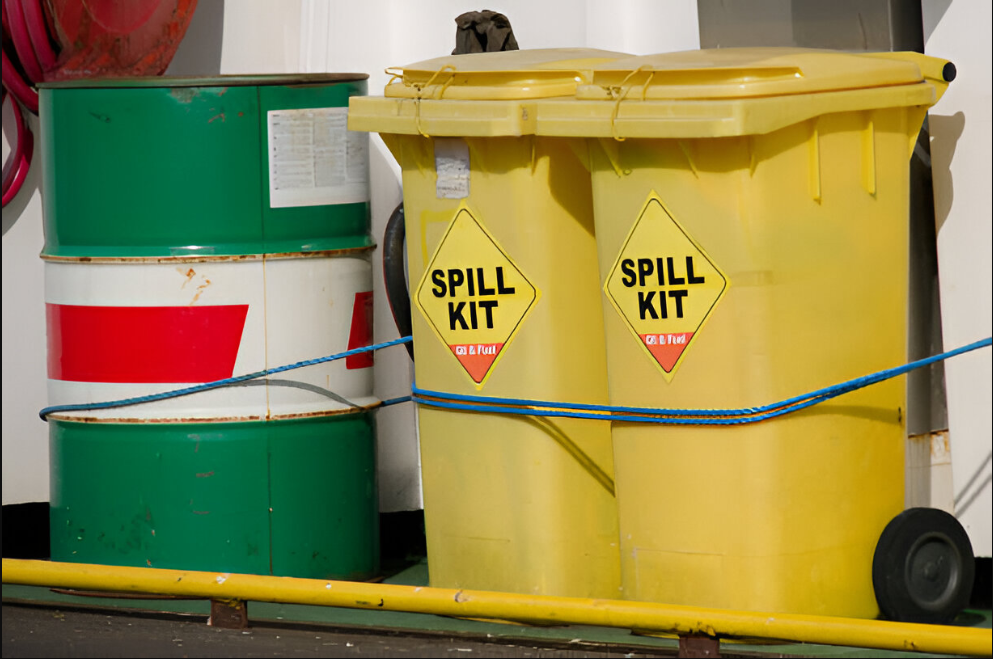
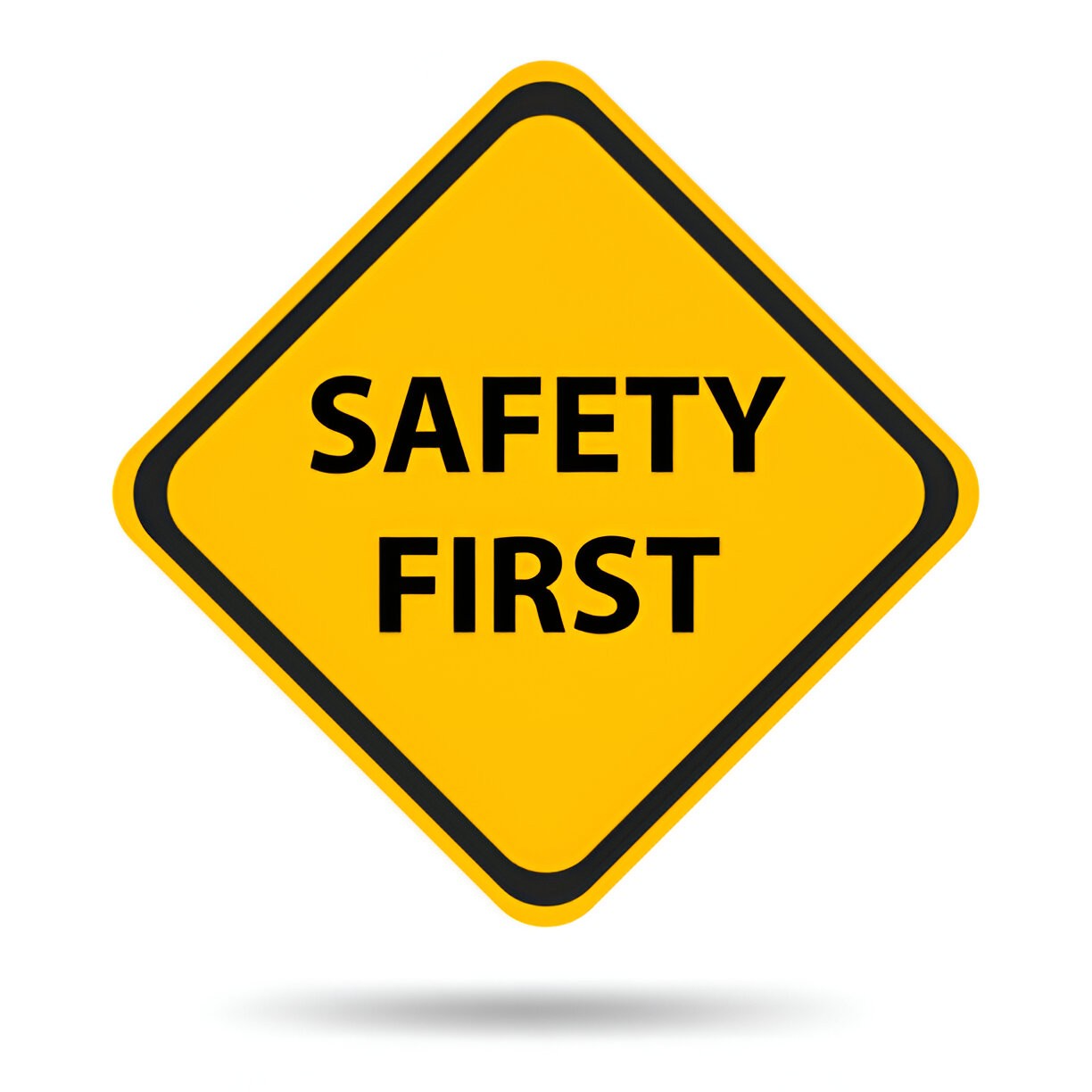

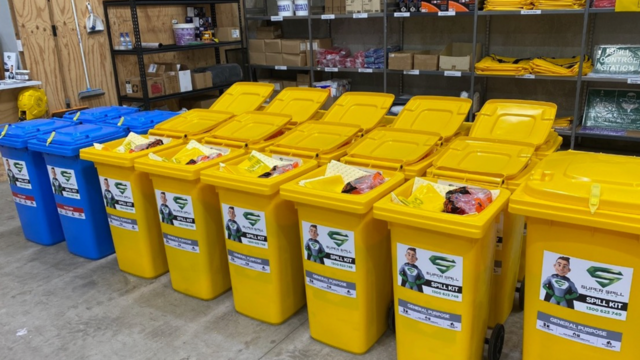
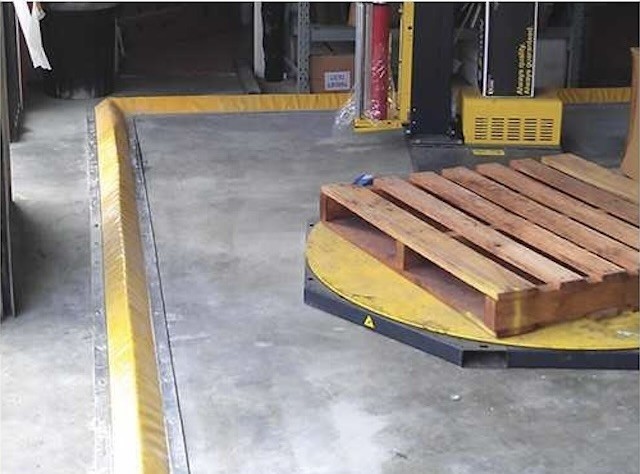
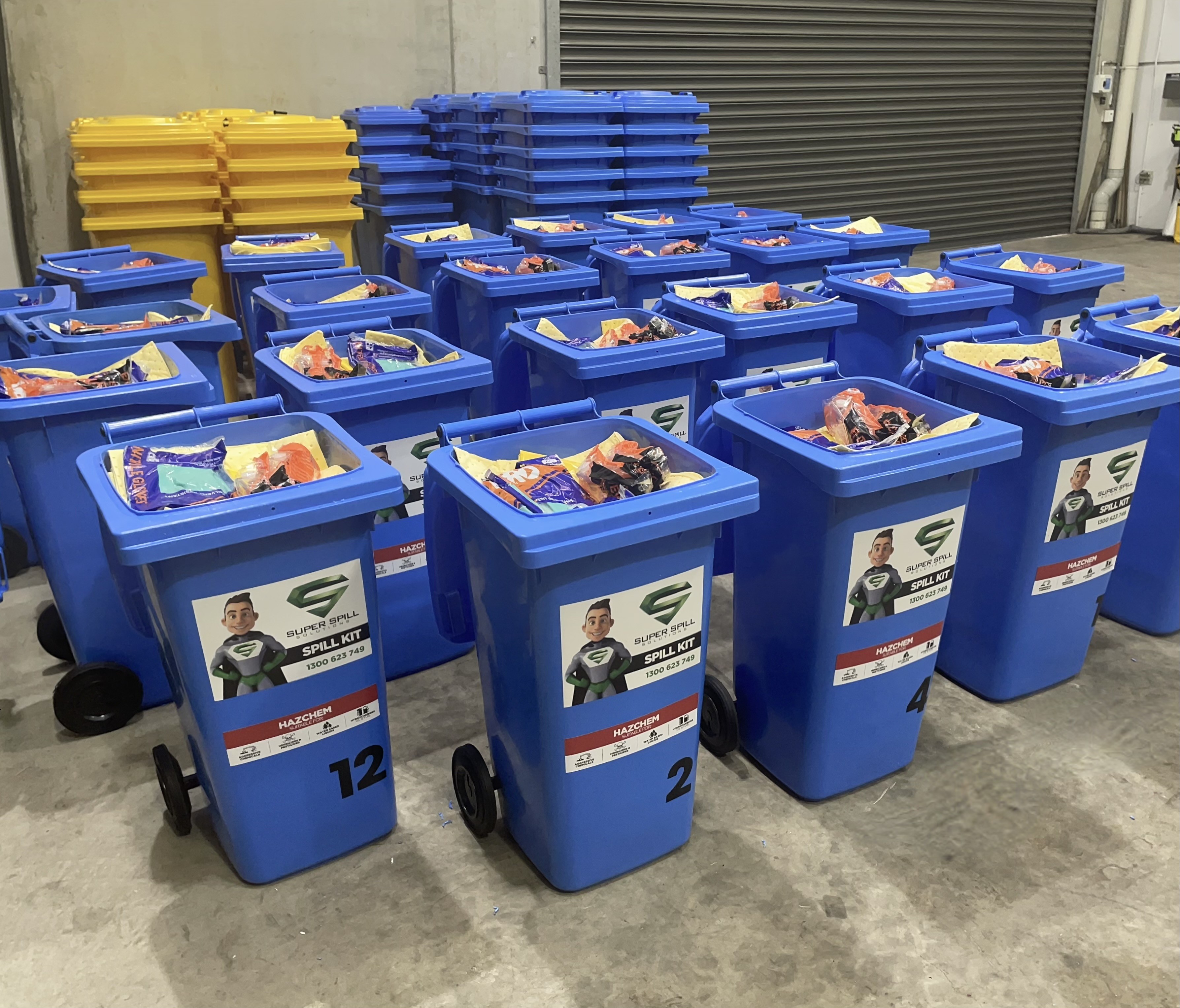
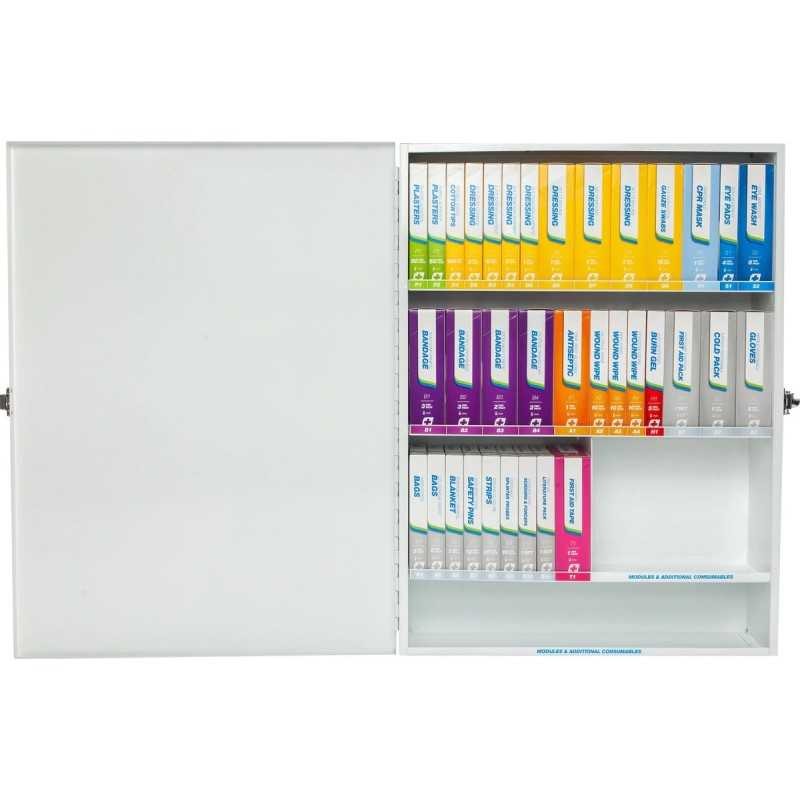
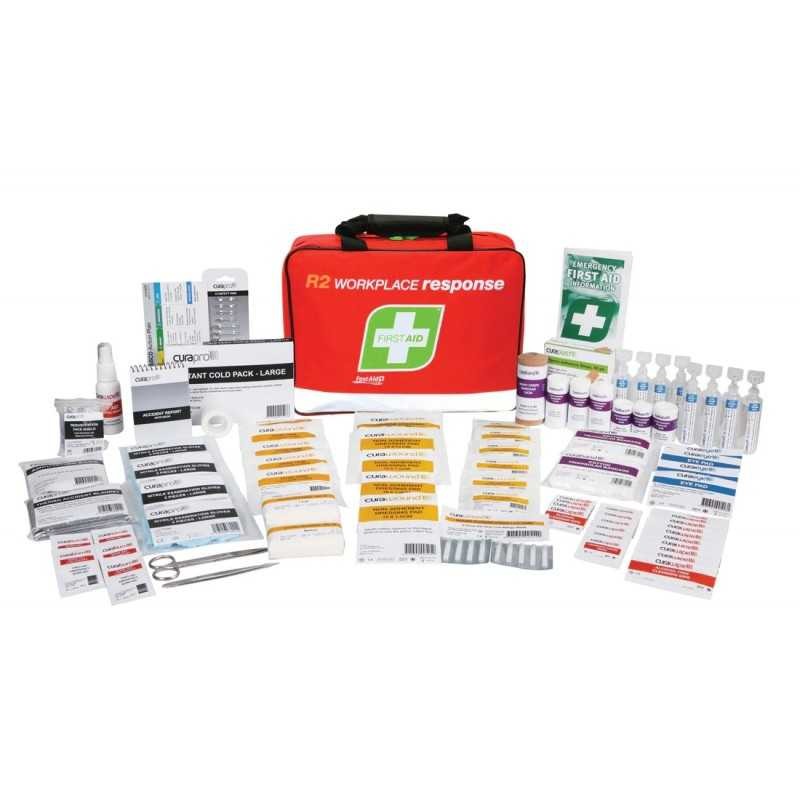

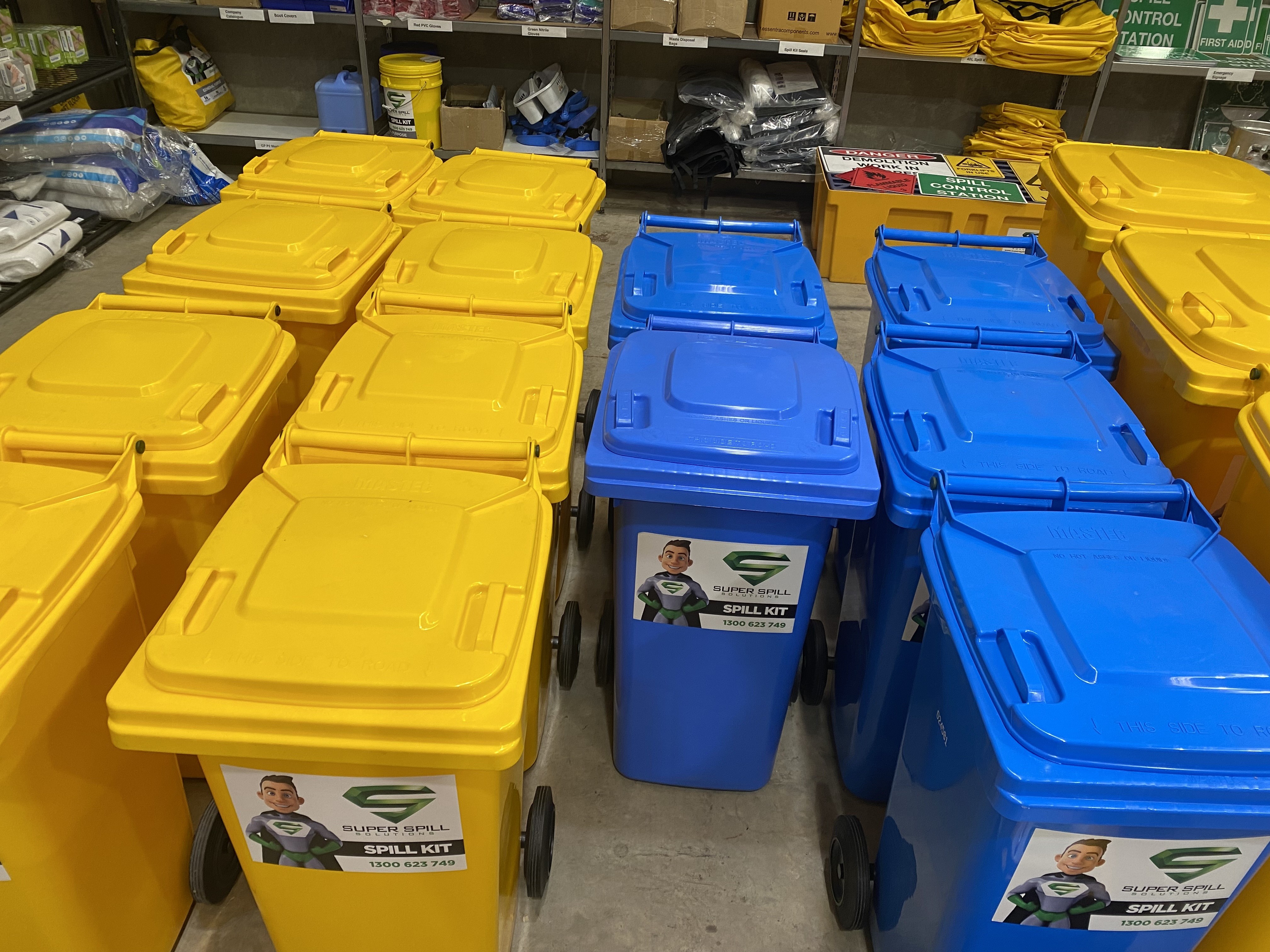
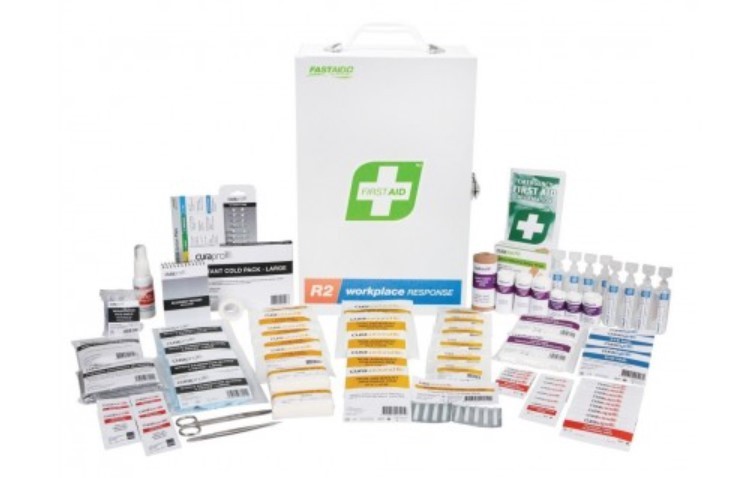
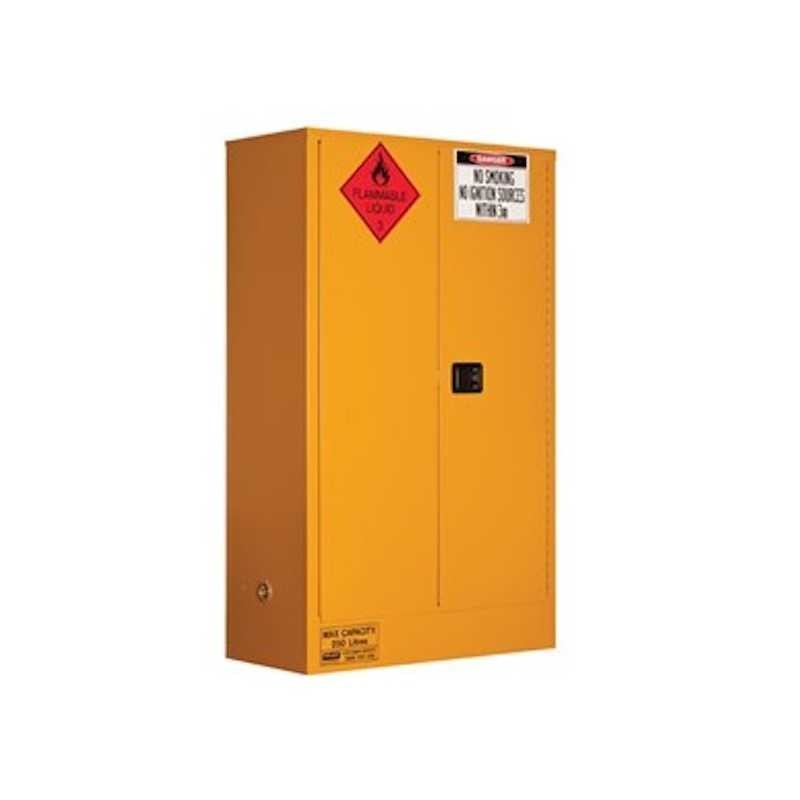
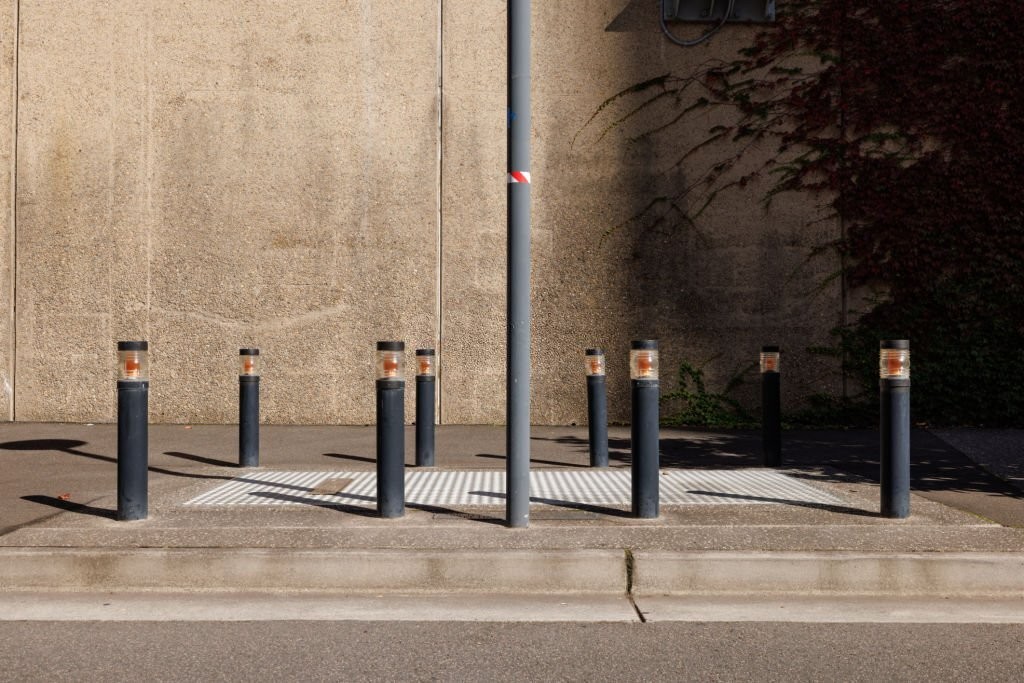
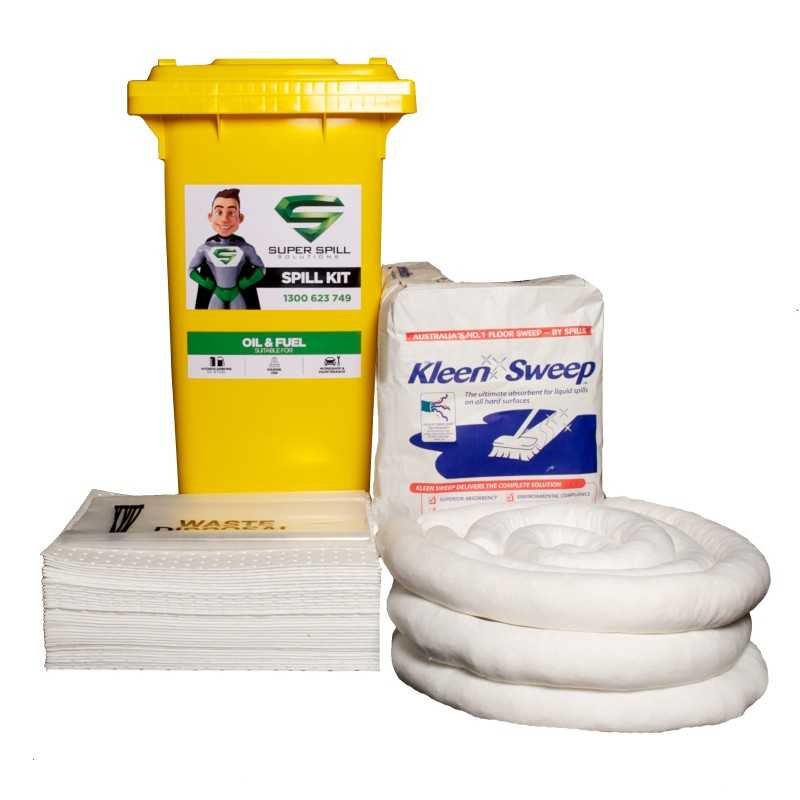
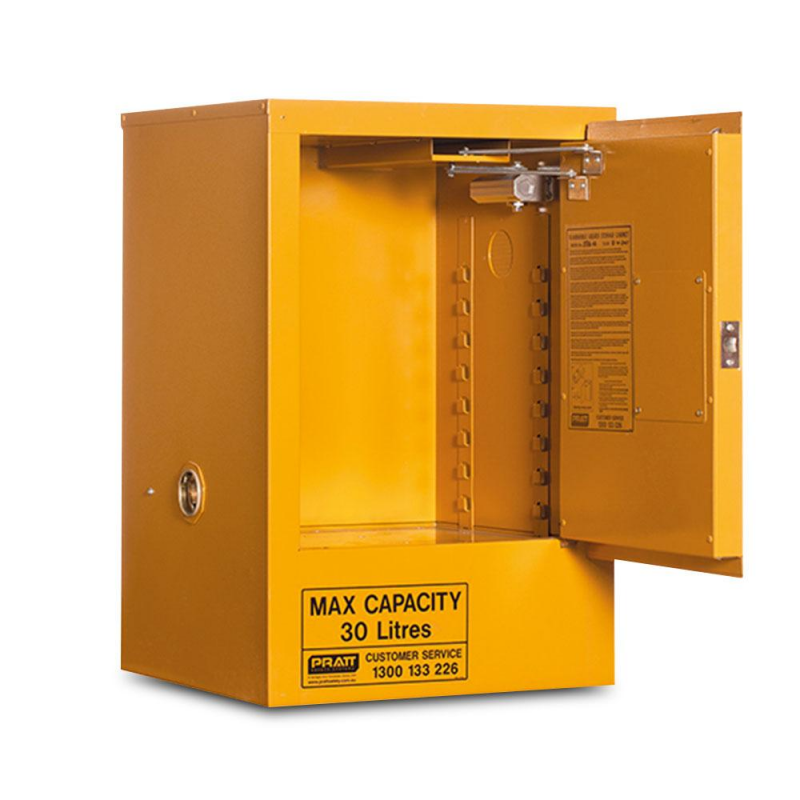
Leave a comment